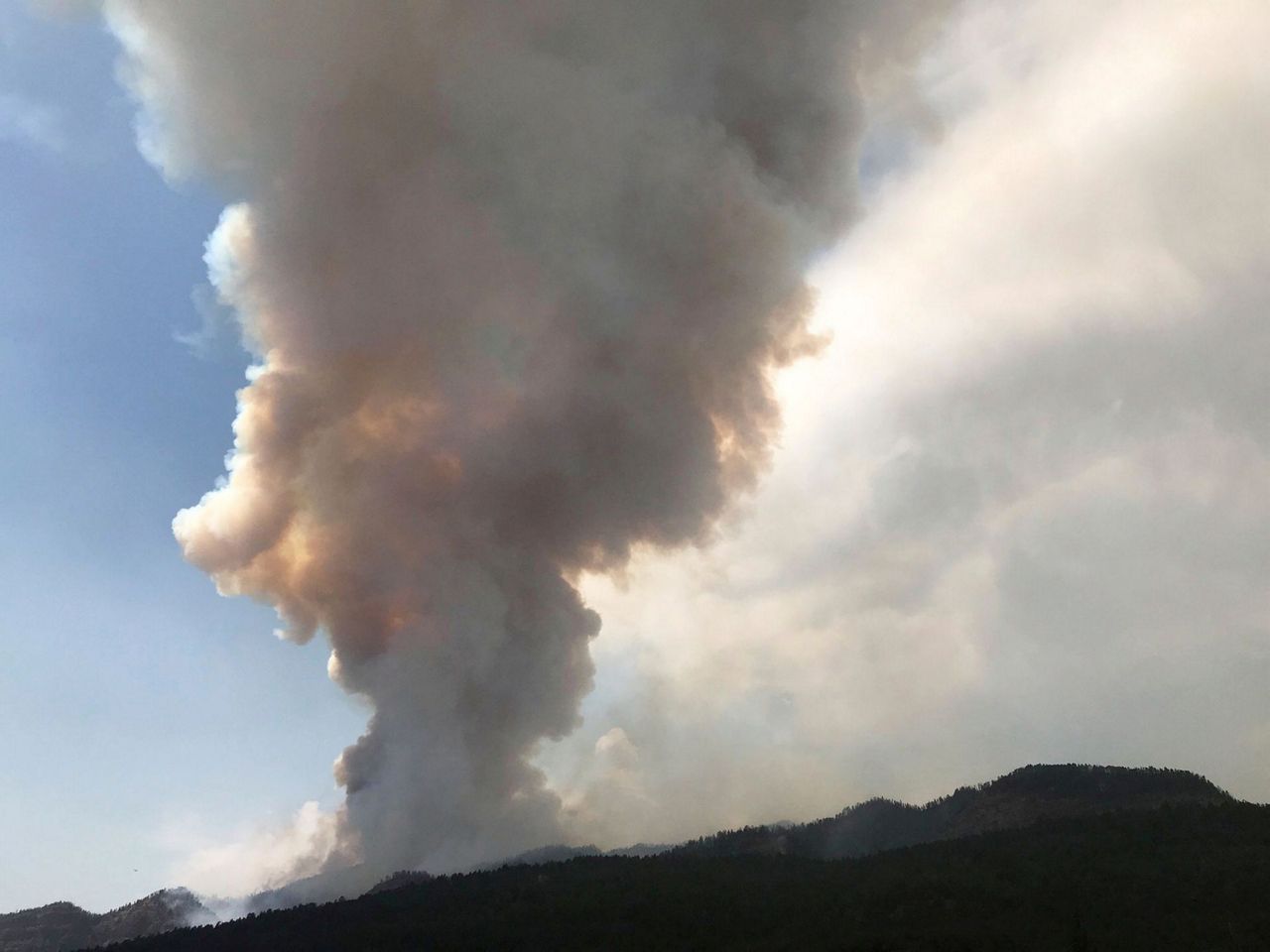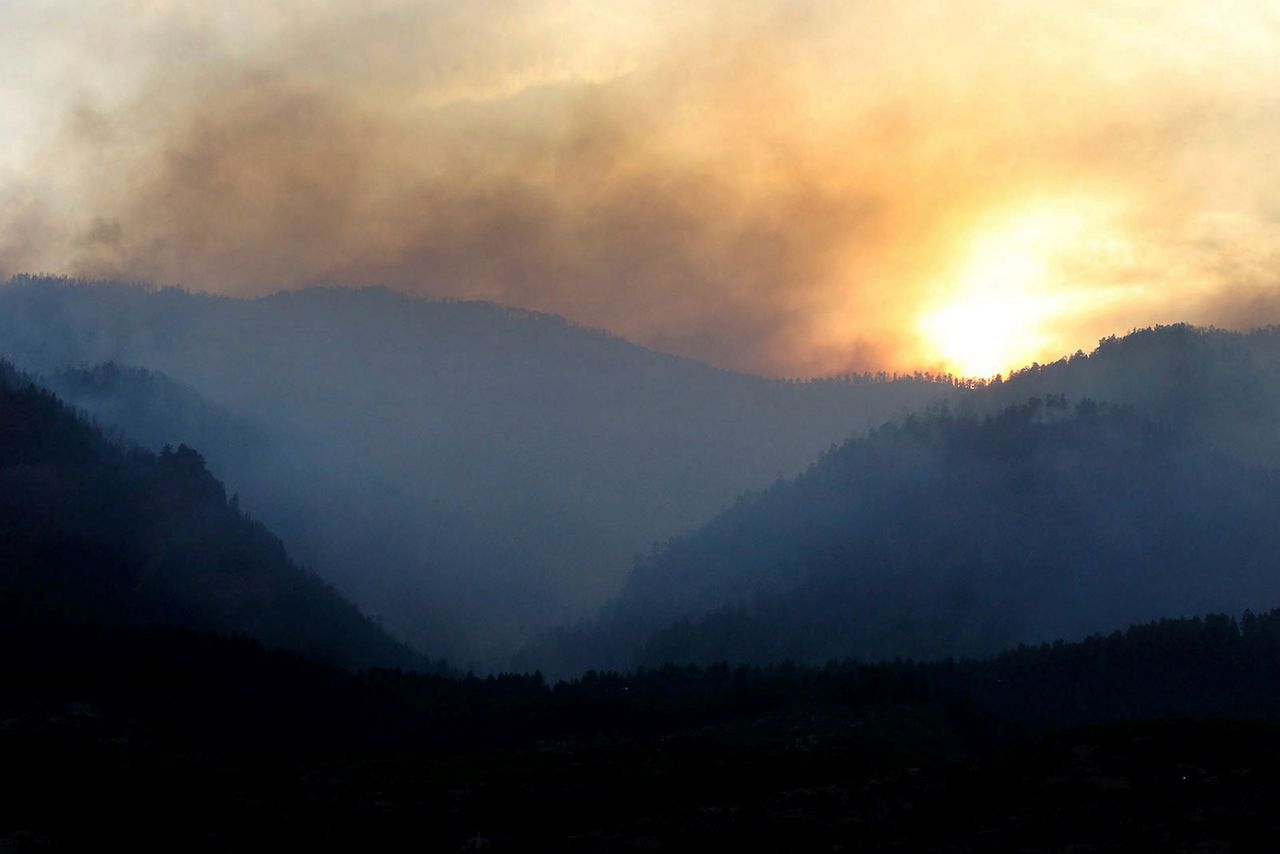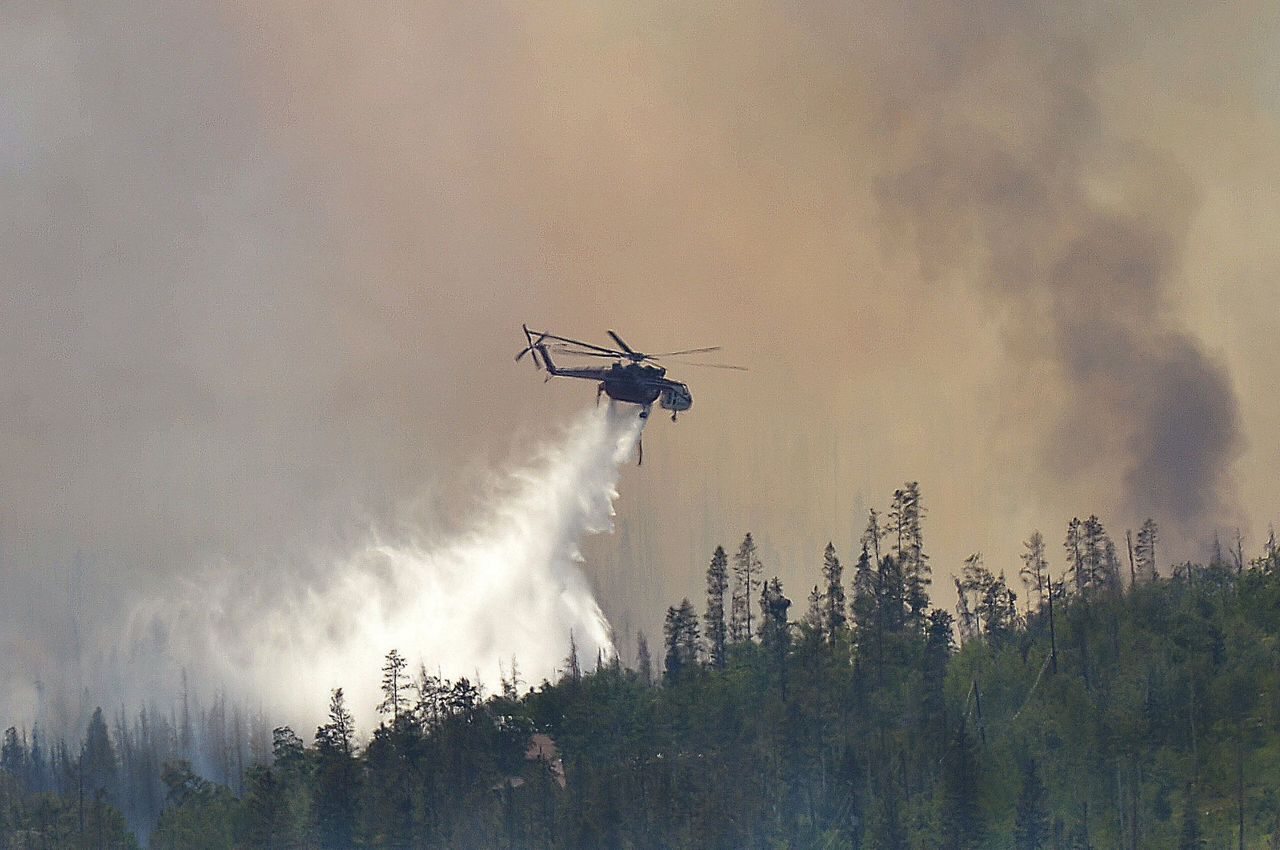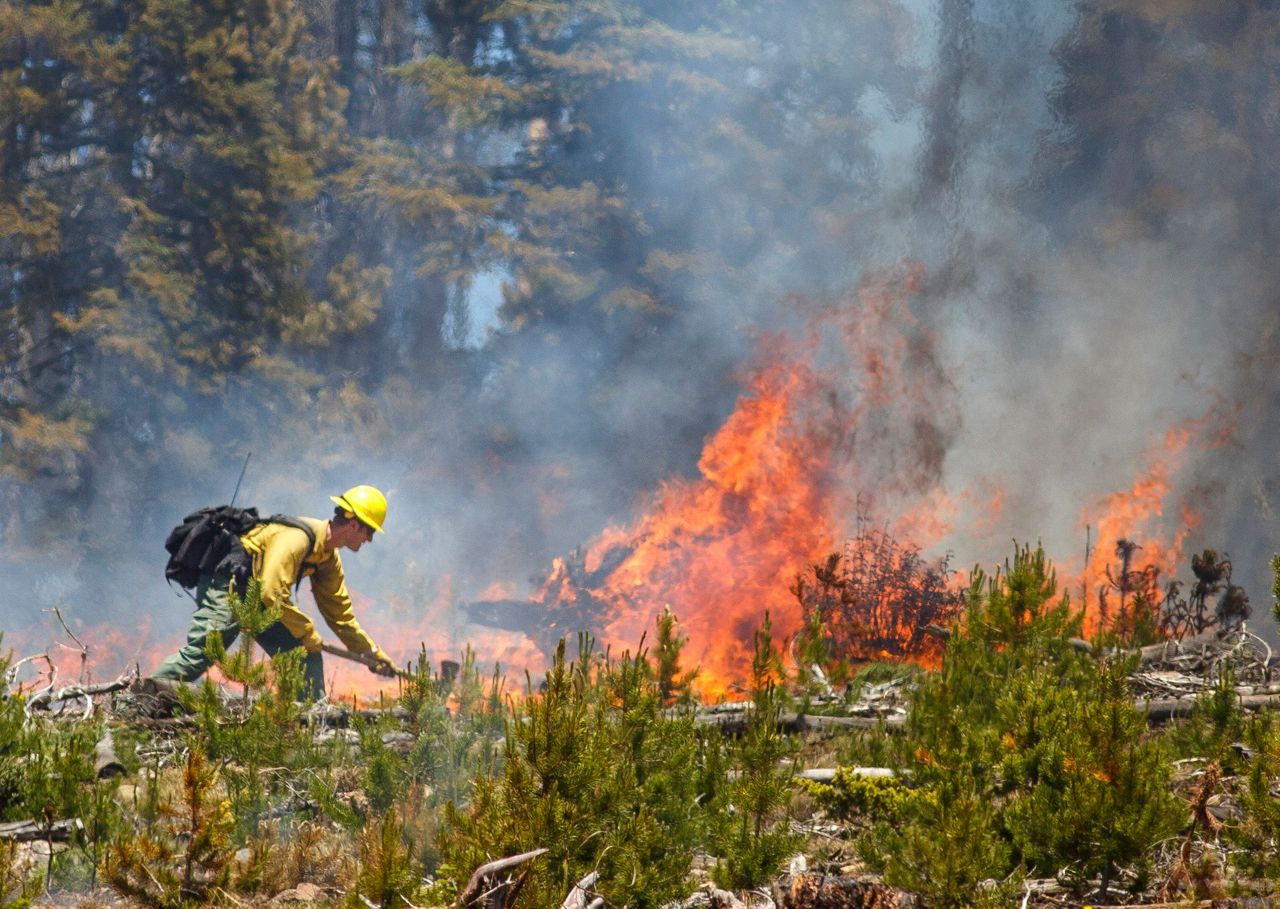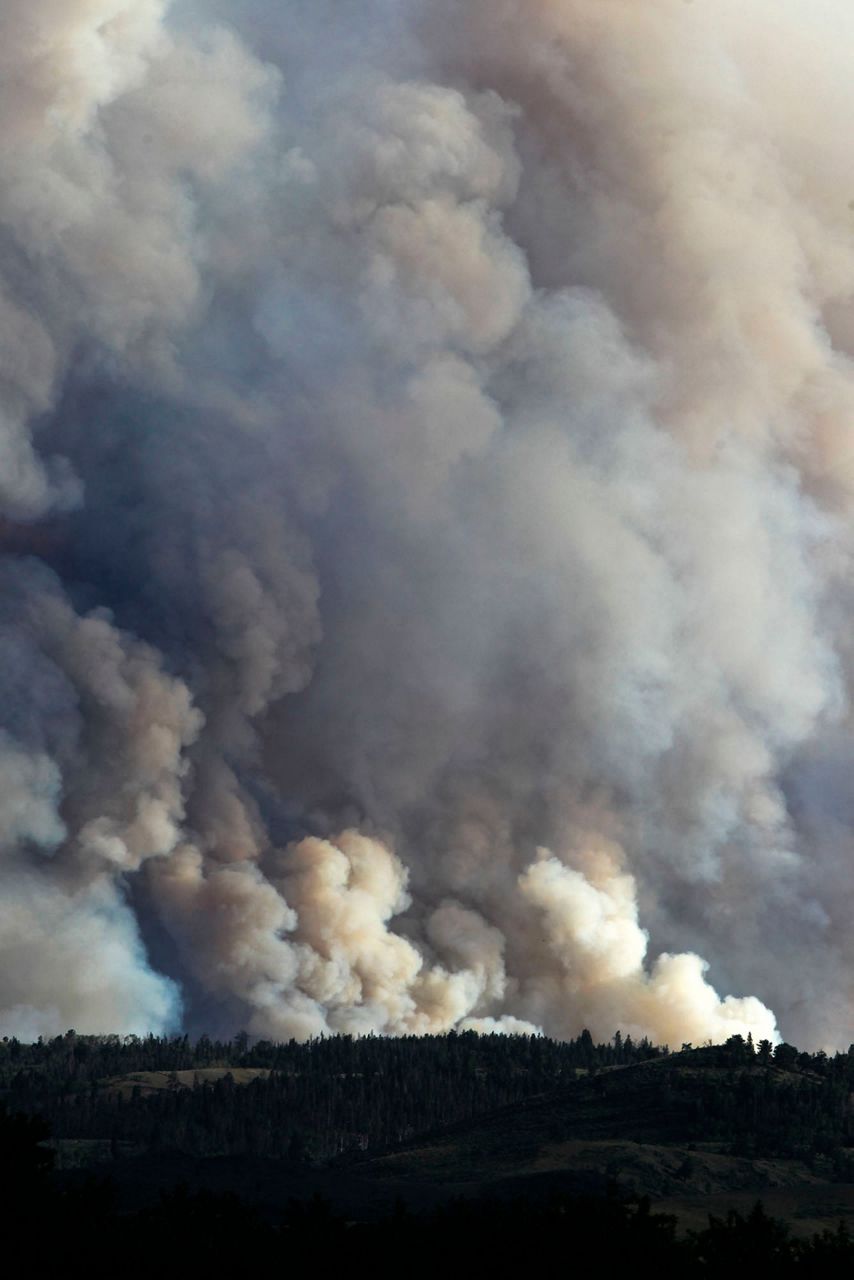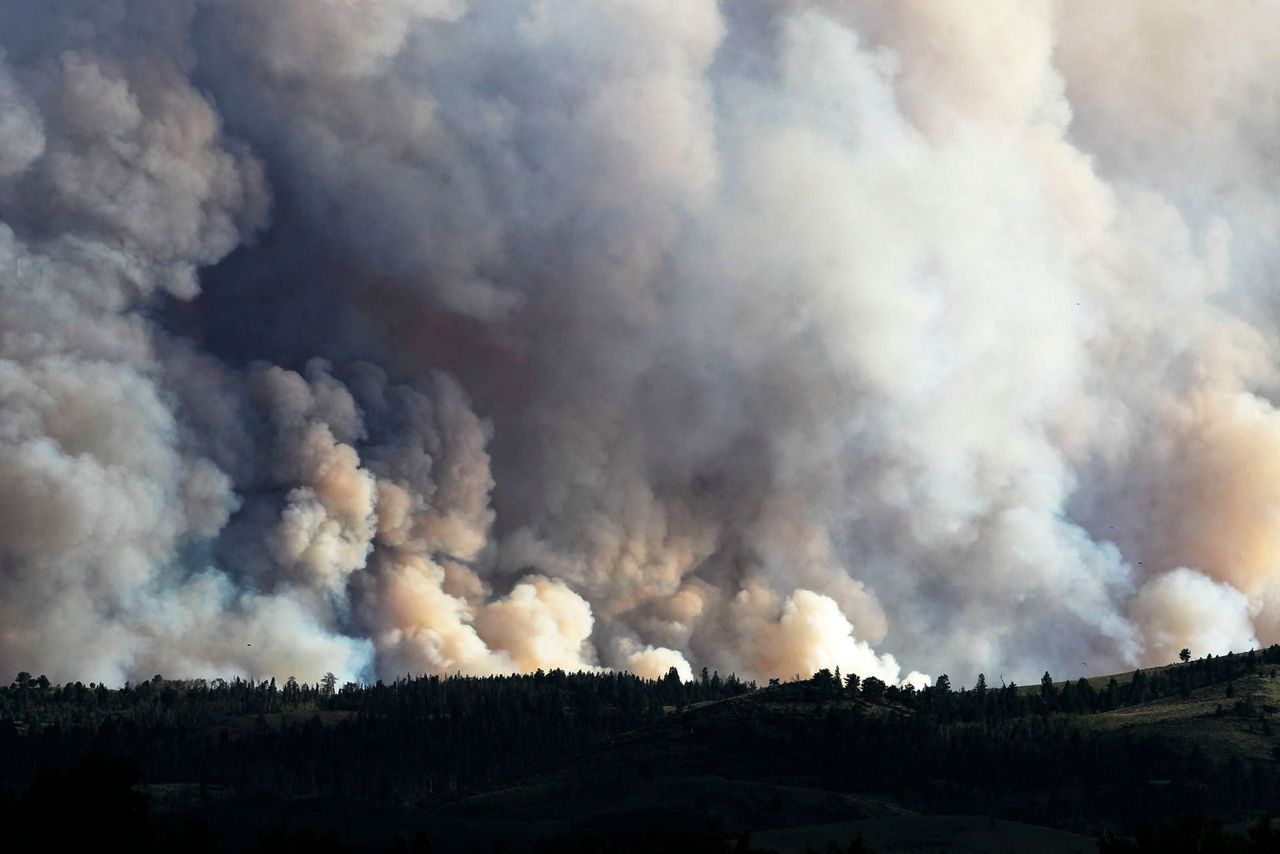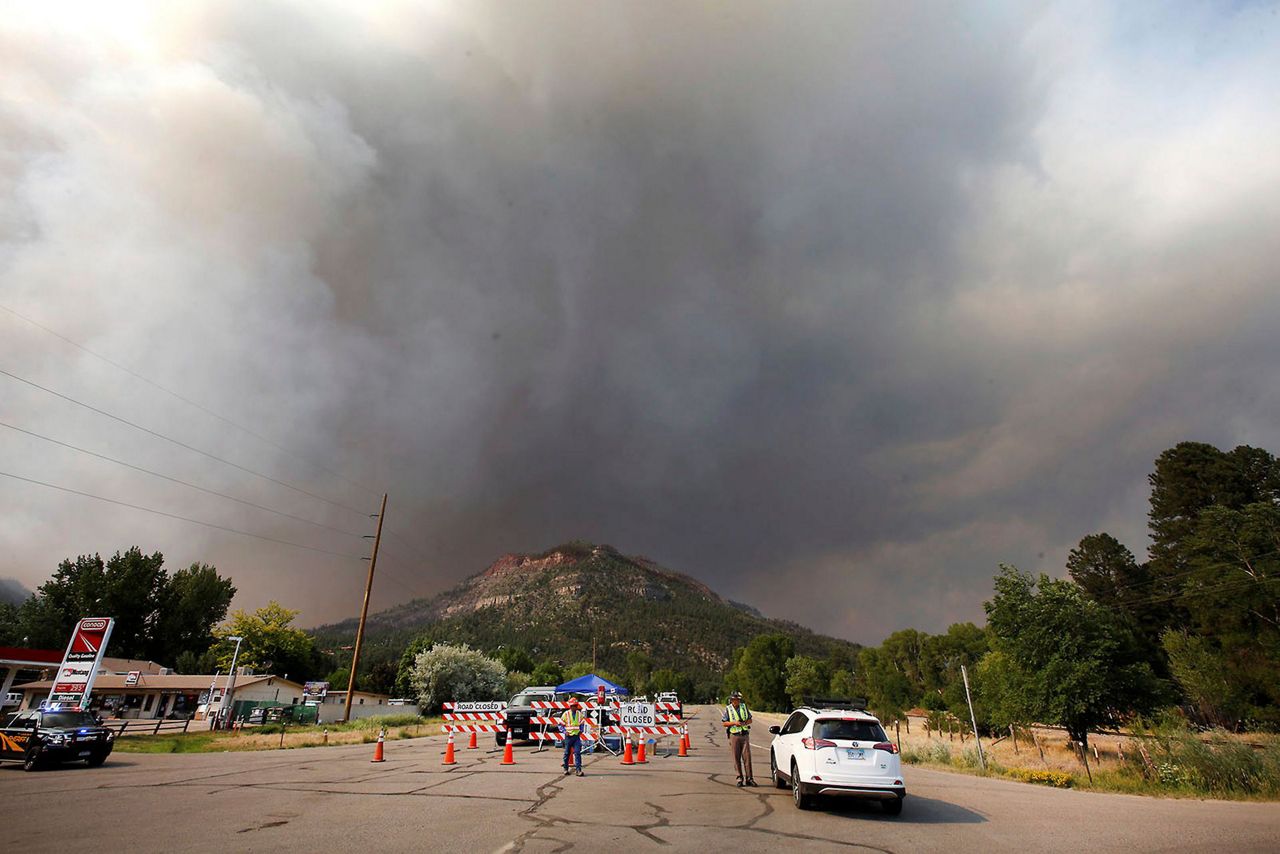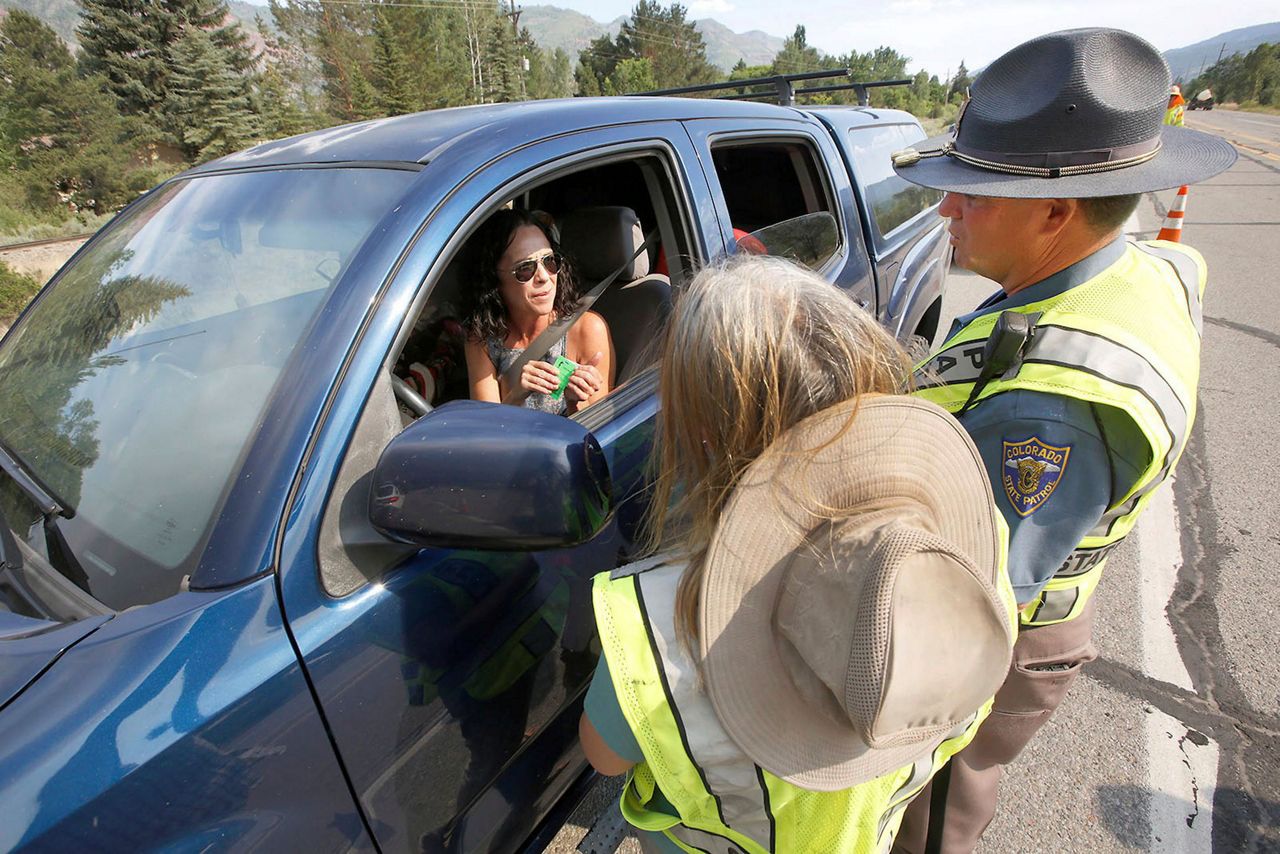DENVER (AP) — The threat of hot, windy weather and thunderstorms Thursday posed more problems for firefighters battling a Colorado wildfire that has forced residents of more than 1,000 homes to evacuate and led to warnings for others to get ready to leave.
The fire 13 miles (43 kilometers) north of Durango is in the Four Corners Region where Colorado, Arizona, New Mexico and Utah meet — the epicenter of a large U.S. Southwest swath of exceptional drought, the worst category of drought.
Moderate to extreme drought conditions affect larger areas of those four states plus parts of Nevada, California, Oregon, Oklahoma and Texas, according to the U.S. Drought Monitor. This week, authorities in Arizona, Colorado and New Mexico closed recreational areas and enacted fire restrictions because of the high fire danger.
The National Interagency Fire Center in Boise, Idaho, reported there were 1,746 people responding to fight six active wildfires in the region. Firefighting costs have reached $12 million since June 1 for the Durango-area wildfire alone, according to the Rocky Mountain Area Coordination Center in suburban Denver.
In southwest Colorado, officials told residents of nearly 350 homes to be prepared to leave if dry thunderstorms, high heat and gusty winds spread a wildfire that has blackened more than 50 square miles (130 square kilometers) and is seen as extremely dangerous for firefighters.
"With the storms comes the lighting and those gusty winds. We're definitely asking the firefighters to keep their eyes open and their heads up and pay attention to any changes in the weather," fire team spokesman Jamie Knight told The Durango Herald.
About 1,900 homes have been evacuated since the fire began June 1, though 560 homes were declared safe late Wednesday, allowing some residents to return.
"We were just happy to get back. We were tired of living out of suitcases. You can imagine four people and two large Labs in small hotel rooms," Joe Hardman told the Herald after going home with his wife, two daughters and two Labrador retrievers.
The fire forced Colorado's San Juan National Forest tourist destination to close but hasn't destroyed any homes. More than 1,050 firefighters backed by air tankers and water-dropping helicopters had contained 15 percent of the blaze, said Cameron Eck, spokesman for the Rocky Mountain Incident firefighting team.
Just west of the Continental Divide, Summit County officials said they stopped a 90-acre (35-hectare) fire from reaching 1,300 homes in the Colorado town of Silverthorne, a popular jumping-off point for ski resorts. That fire was human caused, and an investigation was ongoing, Summit Fire Chief Jeff Berino said.
Those forced from their homes were allowed back Thursday as firefighters continued to snuff out hot spots.
In southern Wyoming, firefighters battled a 17-square-mile (44 square kilometer) fire in the Medicine Bow National Forest that forced the evacuation of nearly 400 homes in 10 small communities. That blaze has destroyed one home and two outbuildings.
On Wednesday, a fast-moving brush fire destroyed eight homes in the southern Utah tourist town of Moab. Several firefighters and residents were treated for smoke inhalation or heat exhaustion.
Natalie Sullivan, a meteorologist with the National Weather Service in Boulder, said the parched region could get rain starting Saturday as remnants of Tropical Storm Bud arrive from the south.
That's a mixed blessing for firefighters, meteorologist Mike Charnick told the Herald. Storms could produce flash flooding and landslides in burn scar area, "and it doesn't take a whole lot of rainfall to do that," Charnick said.
___
Associated Press writers Bob Moen in Cheyenne, Susan Montoya Bryan in Albuquerque and Matt Volz in Helena contributed to this report.
Copyright 2018 The Associated Press. All rights reserved. This material may not be published, broadcast, rewritten or redistributed.



